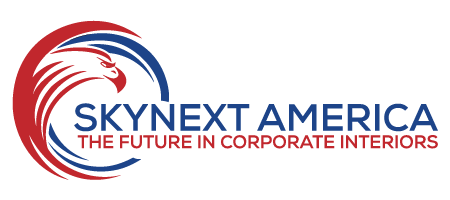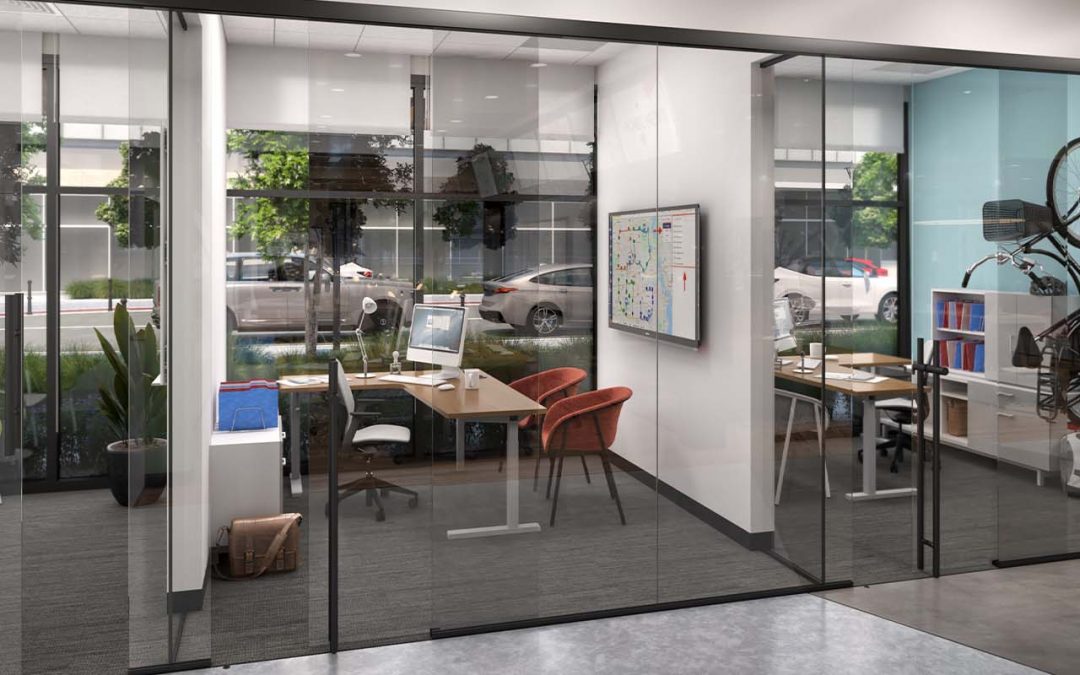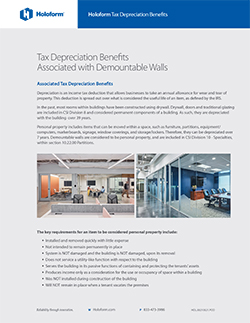It’s a common misconception that demountable walls are more expensive when compared to conventional drywall constructed walls. While these types of movable walls can cost more initially than standard wall construction, there are valuable tax incentives for demountable walls. The higher initial cost is offset by a reduced build time, as well as accelerated depreciation in Section 179 of the IRS Tax Code.
Tax Depreciation Benefits Associated with Demountable Walls
Depreciation is an income tax deduction that allows businesses to take an annual allowance for wear and tear of property. This deduction is spread out over what is considered the useful life of the item (as defined by the IRS).
The majority of rooms within buildings have been constructed using drywall in the past. Doors, drywall, and traditional glazing are considered permanent components of a building and included in CSI Division 8. This means they are depreciated with the building over 39 years.
Personal property, on the other hand, can be depreciated over seven years. This includes items that can be moved within a space, such as lockers/storage, window coverings, signage, markerboards, computers/equipment, partitions, and furniture. Demountable walls are considered to be personal property, and are included in CSI Division 10 – Specialties, within section 10.22.00 Partitions.
Key requirements for Items to be Considered Personal Property
- Not intended to remain permanently in place
- Installed and removed quickly with little expense
- Will NOT remain in place when a tenant vacates the premises
- Was NOT installed during construction of the building
- Produces income only as a consideration for the use or occupancy of space within a building
- Does not service a utility-like function with respect to the building
- Serves the building in its passive functions of containing and protecting the tenants’ assets
- System is NOT damaged and the building is NOT damaged, upon its removal
Income Tax Implications
Since demountable walls are considered personal property, and not part of a building, they can be depreciated faster than drywall. This provides companies with significant tax incentives for demountable walls..
The demountable wall systems we offer qualify for a Section 179 tax deduction. This deduction may allow companies to expense 100% of the purchase price of the demountable walls in the first year up to $1,040,000, with a limit of the total amount of the equipment, furniture or accessories purchased at $2,590,000. Any amount over the $2,590,000 phases out on a dollar-for-dollar basis.


